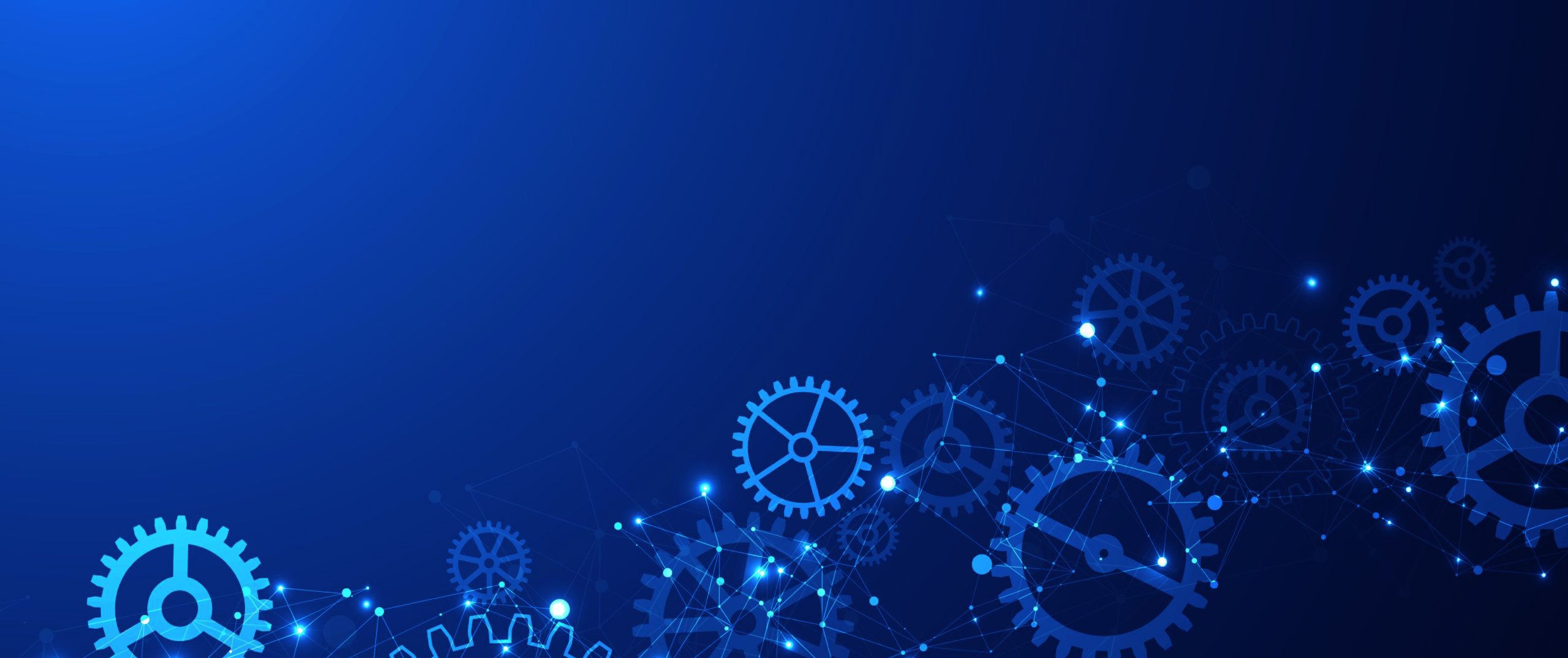12 hours of instruction
This course is designed for managers seeking to bolster their data literacy with a deep dive into data science tools and teams, project life cycles, and methods. This course will demystify the structure of data science projects from start to finish, helping students to make more informed decisions about how to identify data-driven solutions, structure their teams, allocate resources, and interpret results. Employees will also learn how to make the most compelling cases possible by comparing the advantages and disadvantages of a variety of models, methods, and visualization techniques.
OBJECTIVES
- Identify opportunities to apply data analysis
- Discuss the elements of a successful data project
- Recognize the ethical implications and governance-related challenges of data projects
- Associate data science methods with their typical applications in data
- Integrate storytelling and appropriate data visualizations into reporting
- Develop a strategy for building a data-driven culture
PREREQUISITES
No background in math or data analysis is required. We recommend that attendees have experience managing teams.
SYLLABUS & TOPICS COVERED
- The importance of data
- What is data? What are its sources?
- What is a data-driven culture and why is it important?
- The uses of data
- What are the benefits of using data?
- What is data analytics?
- What do all these buzzwords mean?
- Components of a data project
- What are the principles of data science?
- What are the six stages of the typical data science process?
- What are common methods used by data scientists?
- What types of tools do data scientists use to do their work?
- How are data teams structured?
- Data governance
- What is data governance? Why is it important?
- What principles, models, frameworks, and best practices can be used to ensure good data governance?
- Data ethics
- What is data ethics? Why is it important?
- What principles, models, frameworks, and best practices apply to the ethical use of data?
- Foundational data science methods
- What is clustering and how is it used?
- What is classification and how is it used?
- What is regression and how is it used?
- Advanced data science methods
- What is text mining and how is it used?
- What is graph analysis and how is it used?
- What are neural networks and how are they used?
- Visualizing results and data storytelling
- Why visualize?
- What tools can I use for visualization?
- How do I select the graphs and charts to use based on my results?
- What design principles apply to data visualization?
- How do I tell a story with data to inspire action?
- Building a data-driven culture
- How can I build awareness about the importance and uses of data?
- How can I make data-driven decision-making routine?
SOFTWARE REQUIREMENTS
None

